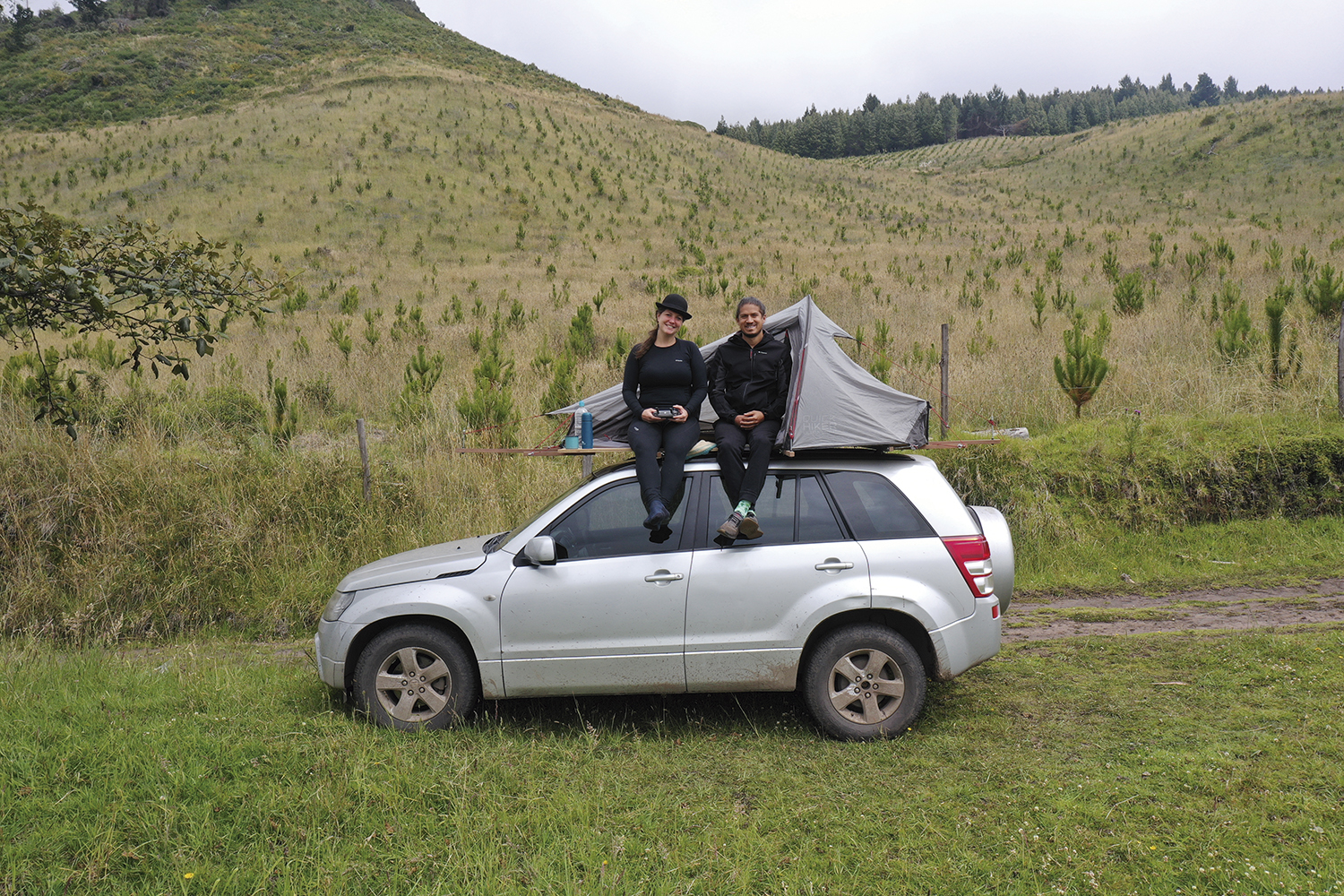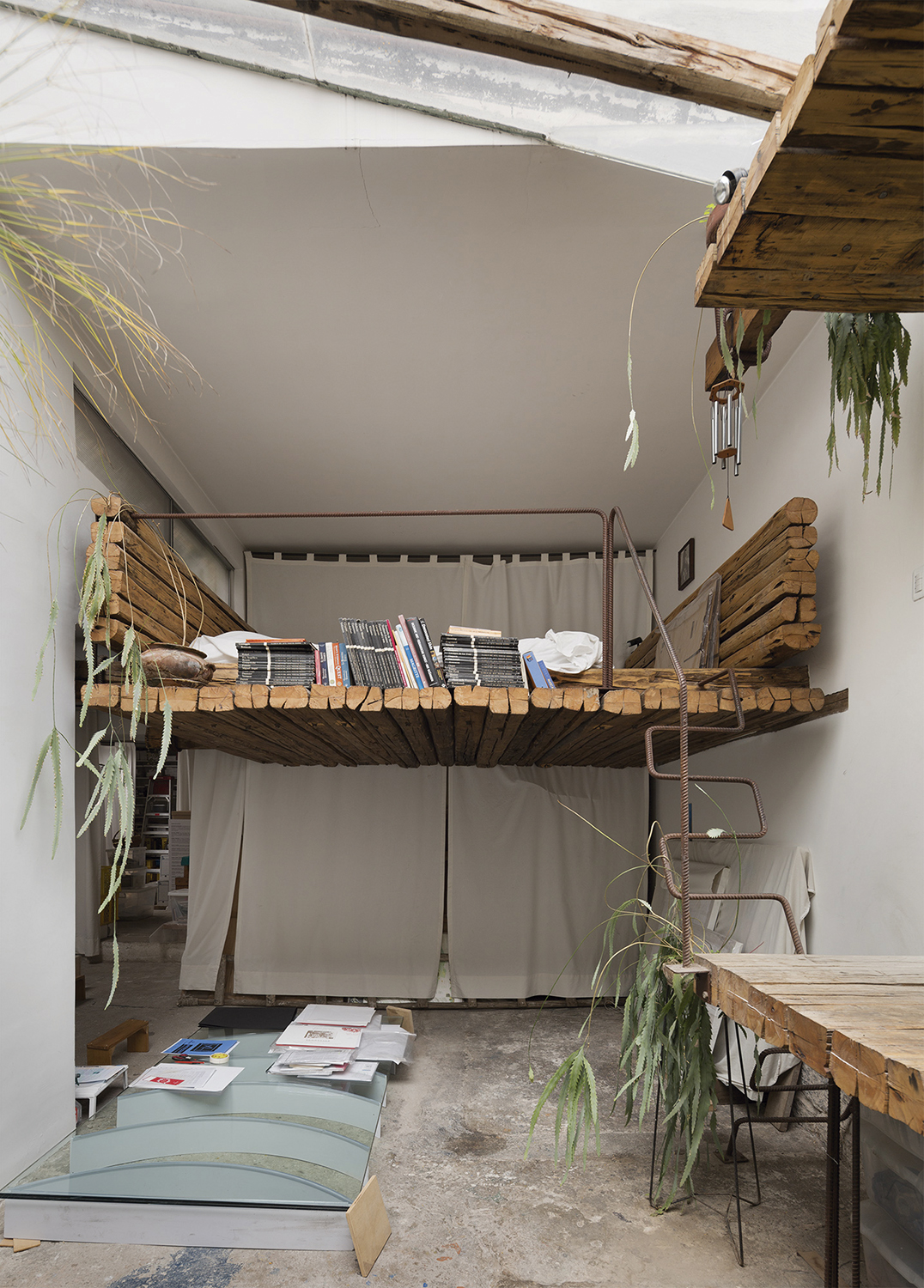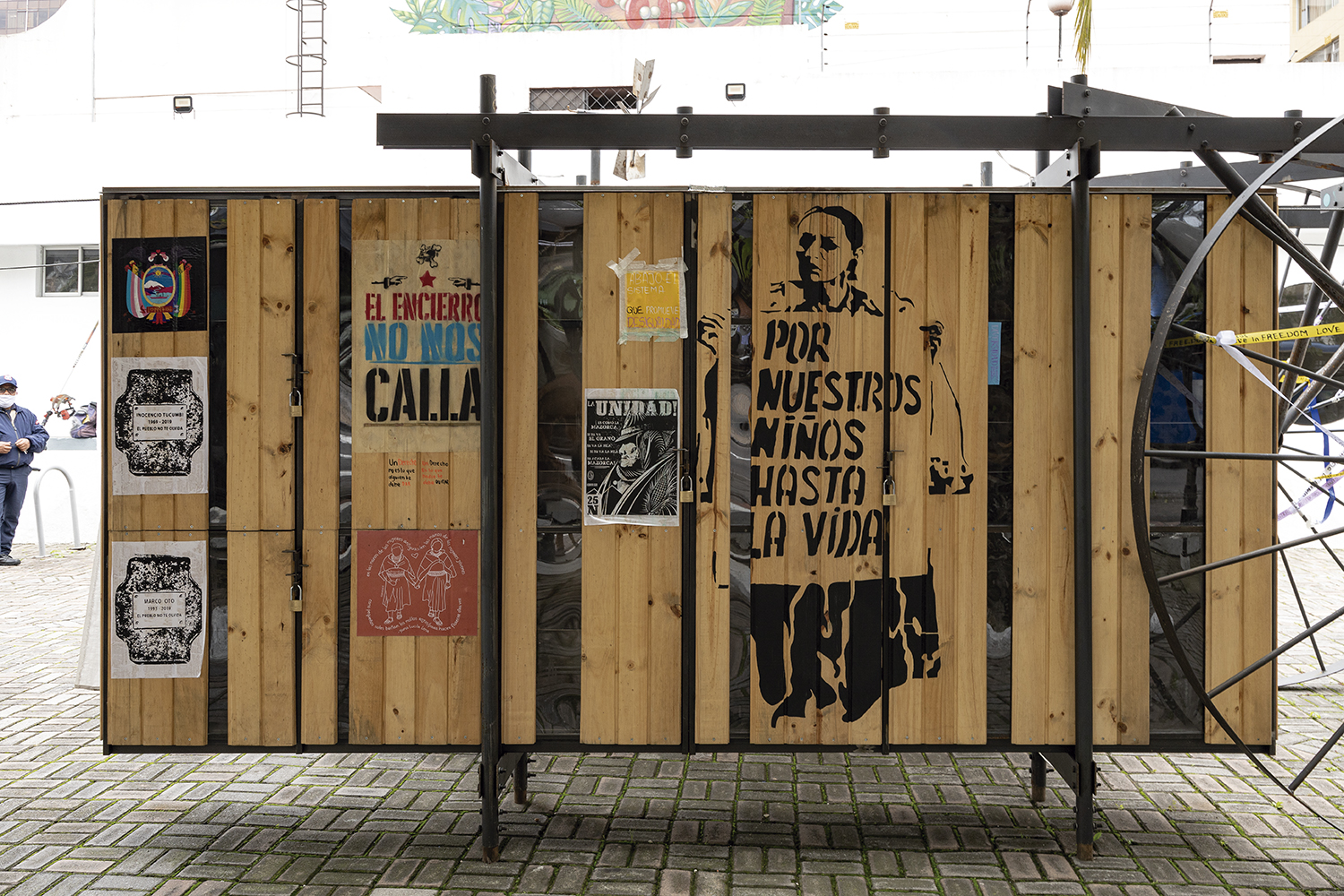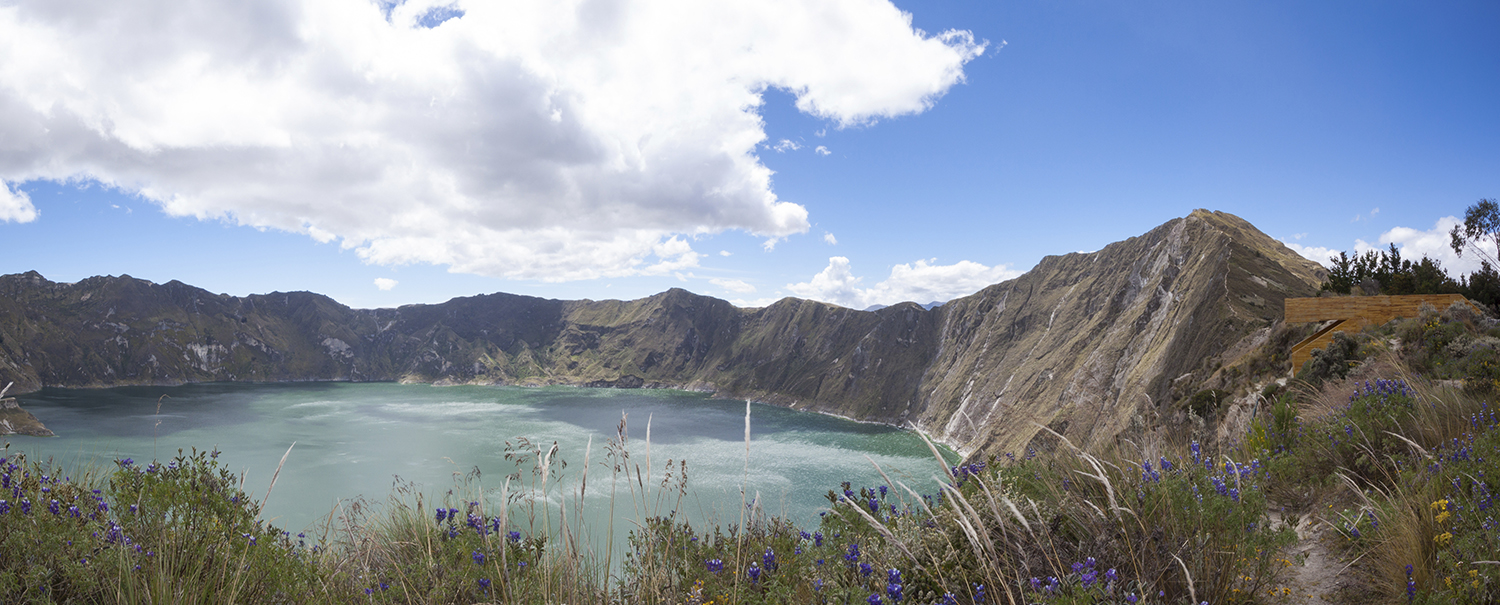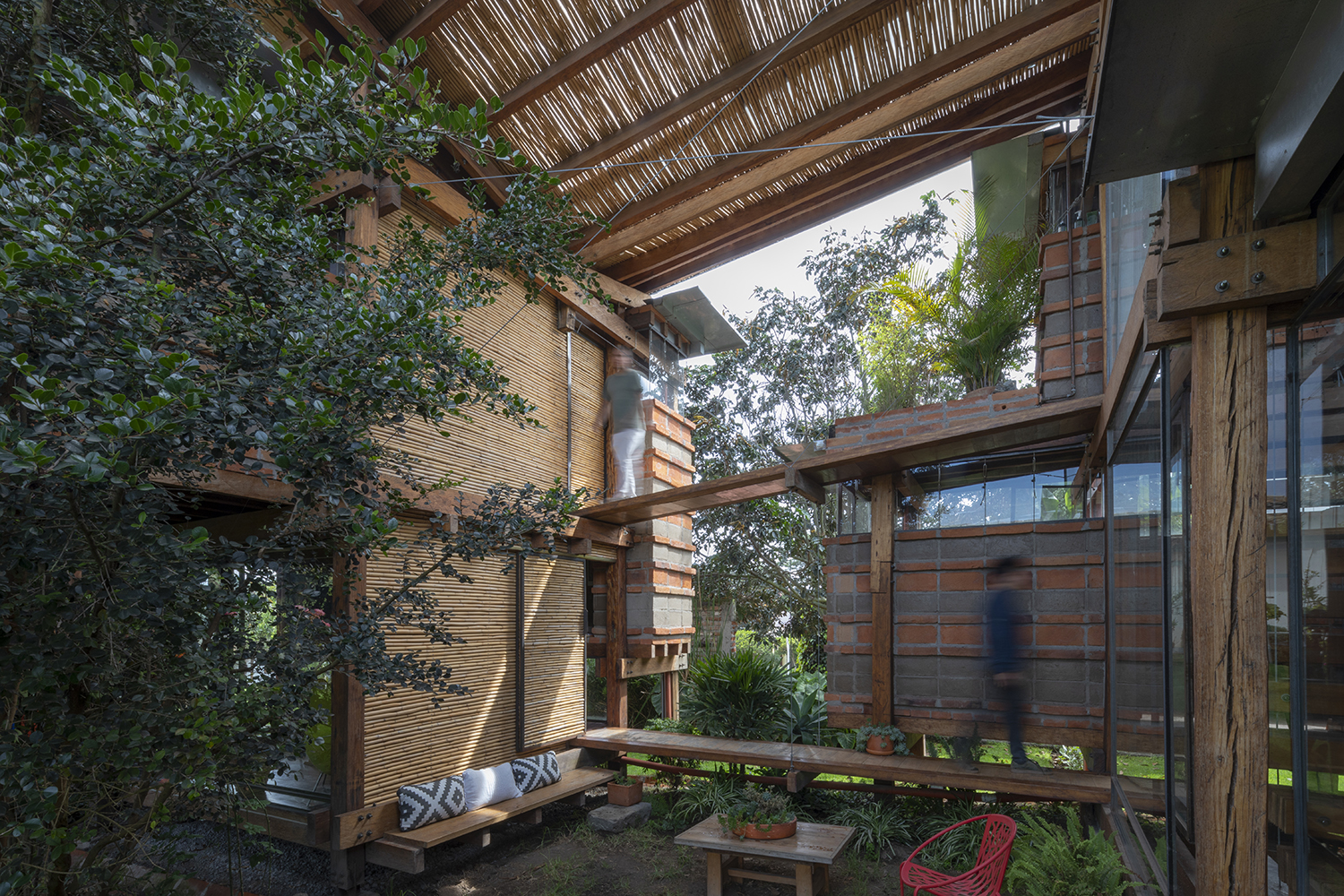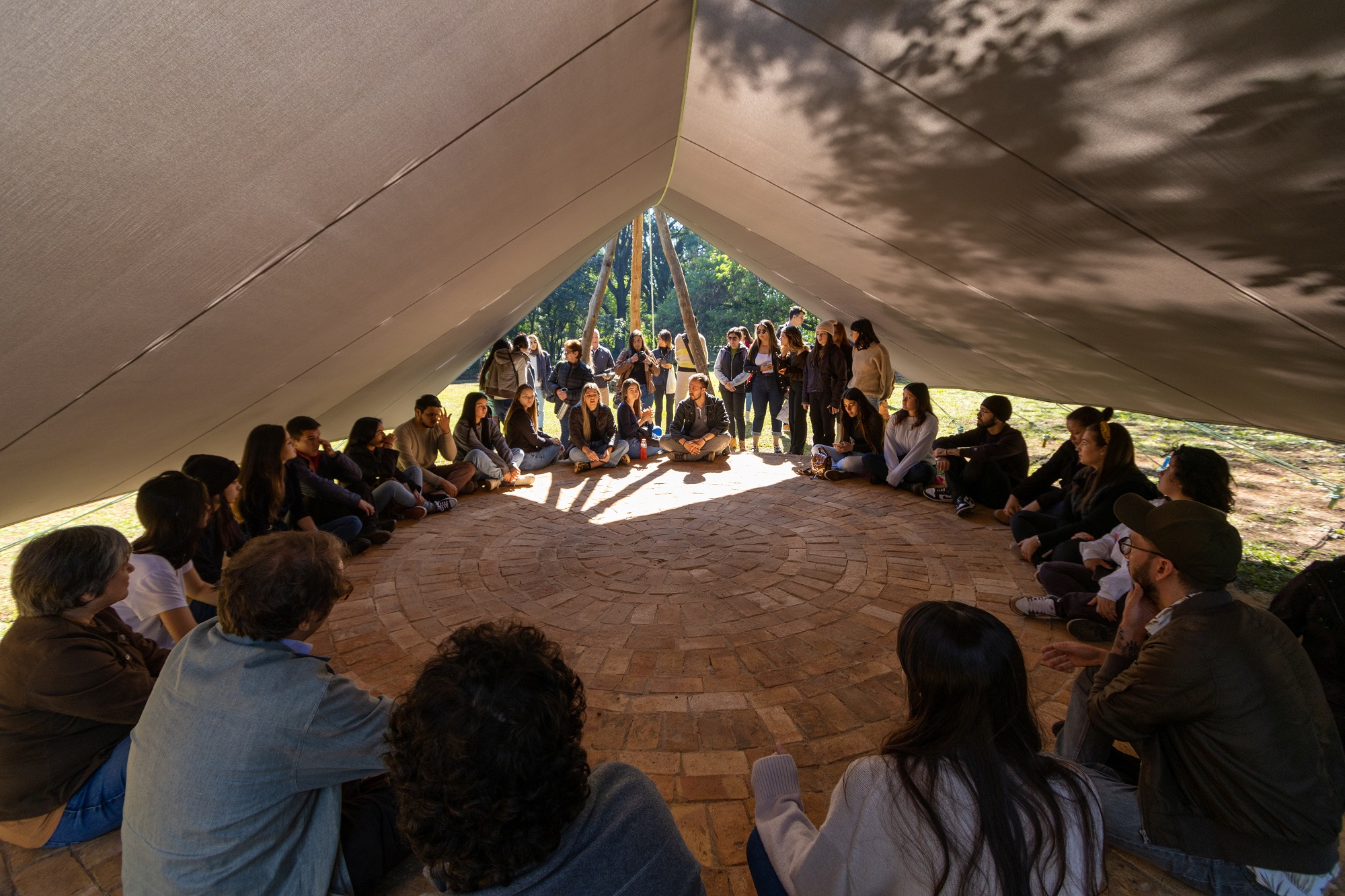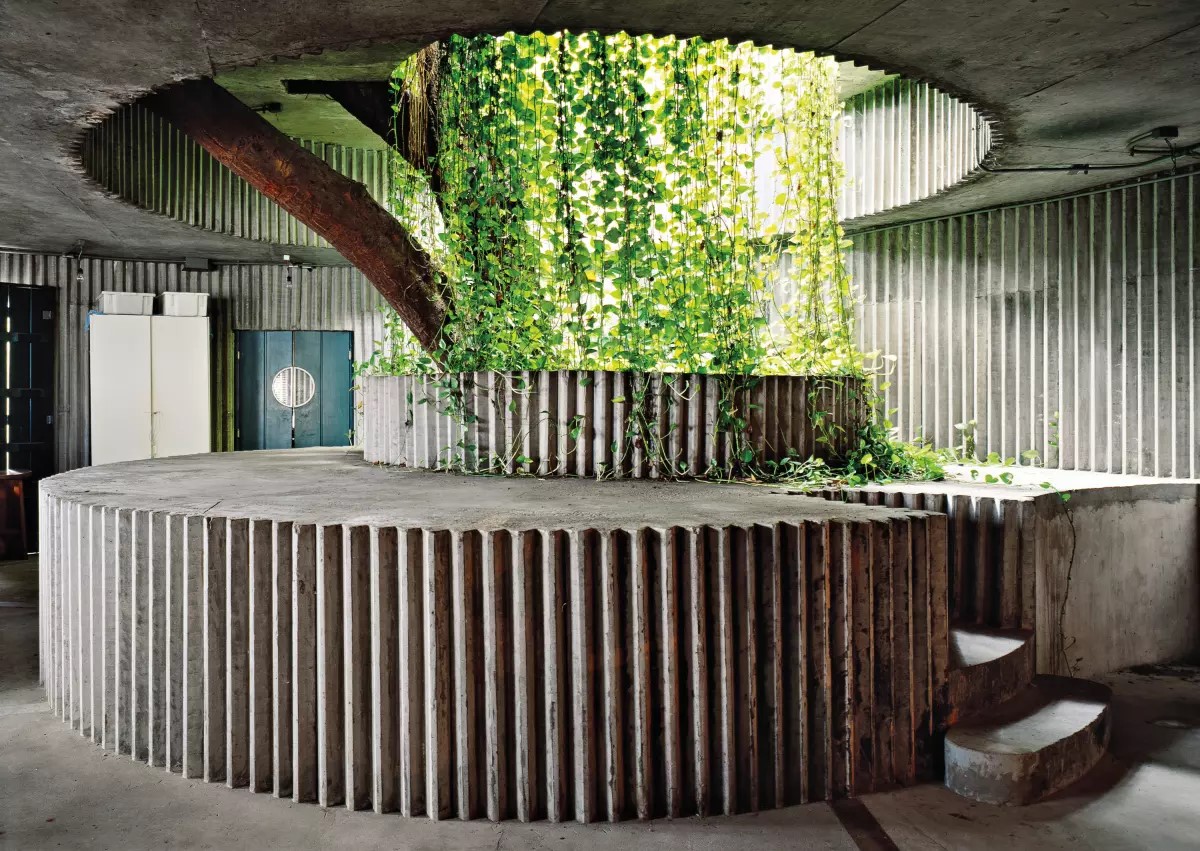We want the projects we develop to carry lessons from reality, in which we can delve to enrich the processes. We want each one to tell the complexity in which it develops, so that it reflects the breadth of life itself.
Here are three examples of recent projects:
The book Viajes del Cotidiano deals with the immaterial memory of the city. In it we have developed three researches that seek to know and appreciate the city in which we live. These explorations were carried out in situ, feeling the street. It deals with the equipment for the sale of fruit, where people put a lot of creativity to maintain their economic activity. We also made 50 surveys of staircases in the city to appreciate the Andean condition of this territory and the different ways of living. And the third analysis is about 25 commercial spaces where the exterior and interior are blurred and where the different uses extend their elements until they become part of the street. This work leads us to know the city in a deep way through everyday issues.
We recently held the exhibition Los Caminos del Agua at the Museo del Agua in the same city, where we developed an exhibition of 24 linear meters of water cartographic drawings of different scales, as an act of assimilation to generate collective learning. It is an amplification that shows the vastness of the territory while questioning it through the record. We made these studies to understand the water systems; they make us take into account the mountains, the cities, the geography, the ecology, the weather, the rain or the water, the waste, the pollution and the ways of building in the territory that forget the place itself.
The last example is a work of architecture; it is the lodging in a quarry overlooking the Tungurahua volcano, in which an exhaustive study is made of a territory where an important river flows into the Amazon, where there is a volcano that has been erupting for 16 years. The land contains worlds, half of it is a quarry that seeks to have a change of economic activity, and therefore energy is put in the other half of the land where the place is preserved. There are springs, Andean swamps, jungles and a 400-meter long stone wall. The site offers many possibilities: from the quarry there are huge stones and materials that are no longer used, such as sieves for sifting or pipeline pipes. In addition, some materials have been recycled over the years, using resources that give new life to the work. There is an evaluation of the territory, of the resources, and of how to subtly adapt to generate intensifications with reality.
